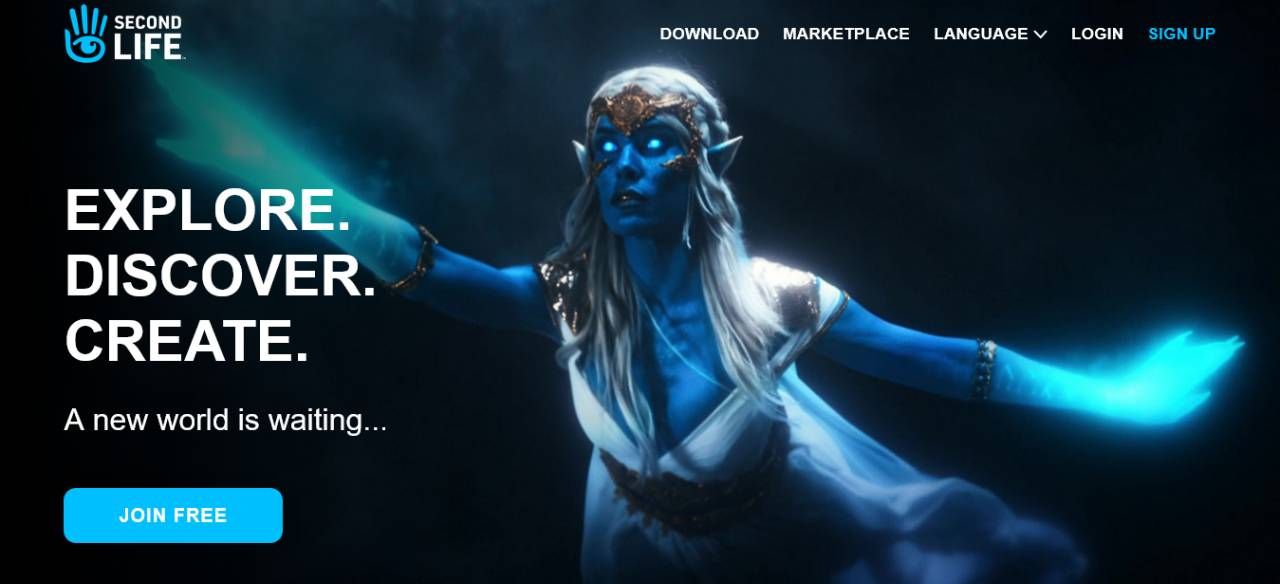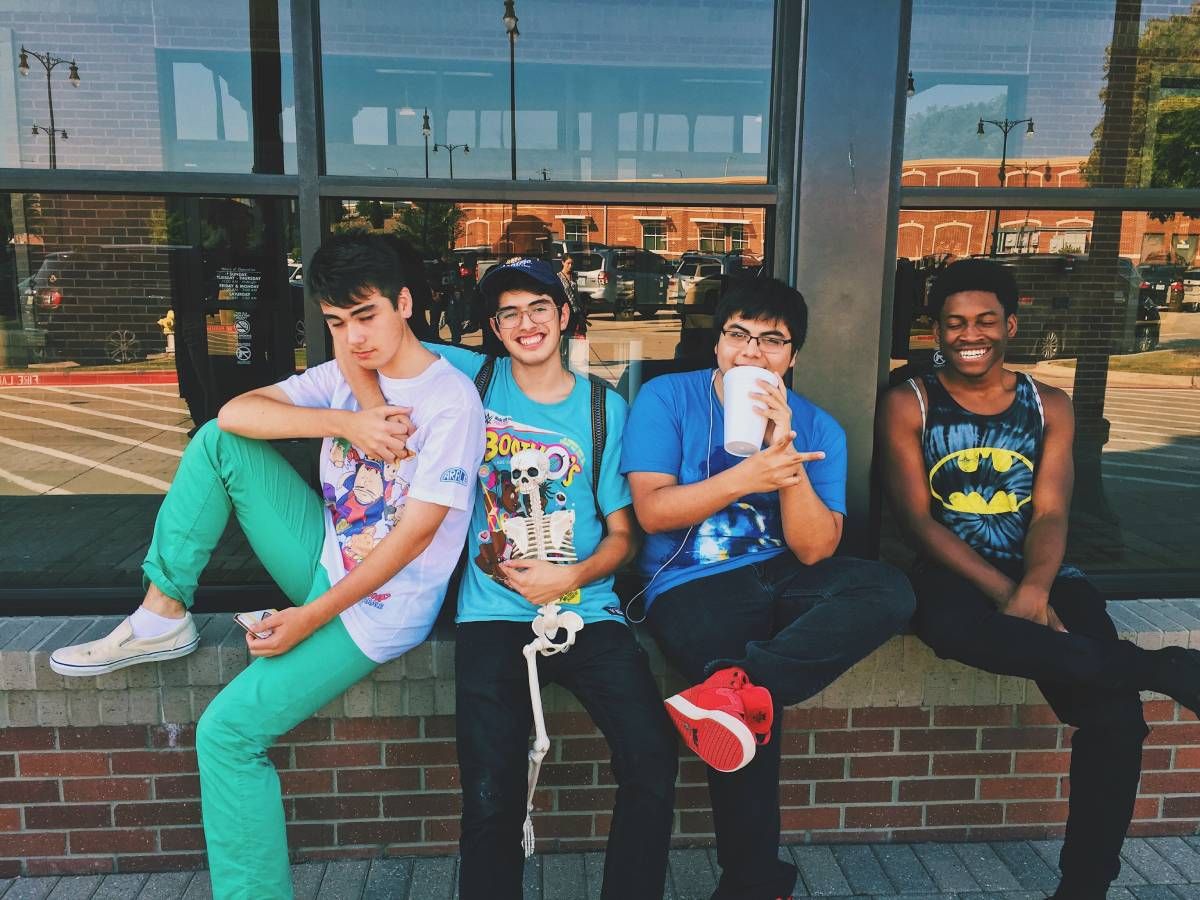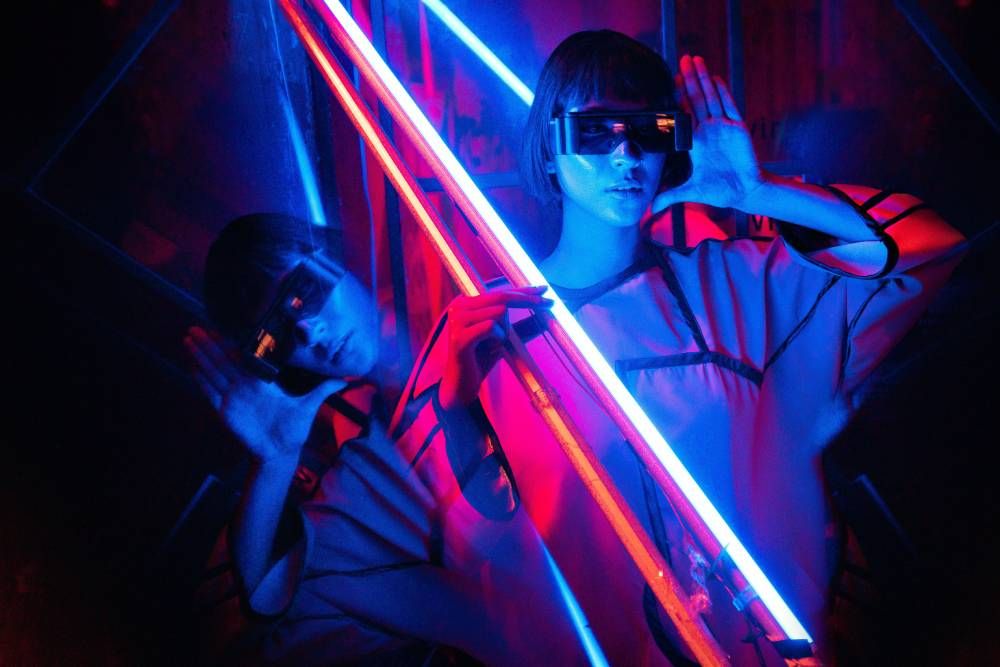With all the news revolving around the Facebook Metaverse, interest has arisen around past attempts at creating virtual worlds. Although some of these did set a precedent, none of them has actually been called a metaverse before.
The main reason was that they were either intended to be a game or failed to maintain a following.
But one that stood out is Second Life, a virtual world launched in 2003. Interest in the project has surged again with talk around the metaverse, since Second Life is its own virtual world built only for social interaction.
Here's what to know about the platform and how it has evolved over the years...
What Is Second Life?
Second Life is a vast 3D-generated virtual world and platform filled with user-generated content where people can interact with each other in real-time. It also hosts a thriving in-world economy. The platform was officially launched to the public by Linden Lab on June 23, 2003, but its development dates back to at least the late 1990s.
Residents of Second Life, as users are called, do not have a designated goal, and there are no traditional gameplay mechanics or rules in place. Second Life strives to focus on social interaction, user-generated content, and user freedom. As such, the virtual world is much more closely related to social media than to the videogame industry.
However, Second Life has often been regarded as a video game since it pre-dates many major social platforms. What really sets it apart is not only its residents’ freedom to roam the world and interact with each other, but also its thriving, fully-fledged in-world economy and user-generated content.
Much like in a CRPG or an MMO, Second Life residents represent themselves through avatars. These are highly customizable and you can choose to be almost anything, from a blue smurf to a hulking six-foot ogre.
However, the most groundbreaking aspect of Second Life is that residents can do almost anything people do in real life, such as watching movies, listening to music, playing games, going to parties, buying or selling stuff, and creating new content for the world, be it items or even buildings. In fact, most of the world’s content, landmarks, and even animations are created by residents.
Also, the economic activity that you can take part in is not limited to buying and selling items. You can also buy or sell real estate. Regular Second Life residents usually acquire plots of land and houses to reside in.
Second Life started from an idea by founder and former Linden Lab CEO, Phillip Rosedale. According to the game's wiki, he had a vision of “a vast green, continuous landscape, distributed across multiple servers”. It enjoyed a lot of popularity during the 2000s and is considered a groundbreaking attempt at creating a virtual world.
In many ways, Second Life is the foundation we think of when we consider what the metaverse is.
A Brief History of Second Life
Linden Lab, the company behind the creation of Second Life, was founded in 1999 by Phillip Rosedale. He was the company’s first CEO and is known to Second Life’s residents as Phillip Linden. Linden Lab started out as a hardware company involved in the development of haptic technology.
LindenWorld
The company needed a software application for testing this haptic technology hardware. It was around this time in 2001 that LindenWorld was created to fulfill this task—and as such, it was not open to the public. But it would go on to act as an early alpha for what would become Second Life.
Users could socialize, participate in goal-driven games, and interact with the virtual world around them. The simulation, however, was still very gun-focused and played similarly to a first-person shooter.
Second Life
The company’s approach would soon shift from the development of this testing platform to the development of its virtual world, which would go on to be renamed Second Life in 2002 when it entered beta. The open public beta started in 2002 and, as its population and land grew, it was officially launched in June 2003.
At this stage of the virtual world, the world map, or the grid, consisted of 16 regions. There was still no currency, and residents weren’t even able to teleport. But the virtual world had largely moved on from its origins to its focus on user-generated content and social interaction.
The Linden Dollar was only introduced by the end of 2003. By 2006, the in-world economy had grown significantly, with resident Anshe Chung becoming the first person to become a millionaire through her Second Life businesses.
Teen Second Life
Second Life’s approach to world-building and the often adult nature of its content meant that the virtual world was only open to residents aged 18 or older. So in February 2005, Linden Lab started testing a new Teen Second Life service, which would officially launch in January 2006.
Teen Second Life functioned separately from Second Life’s main grid and was restricted to teens aged 13 to 17, teachers, and educational organizations. However, by 2009 there were only about 300 concurrent teen residents. So in 2011, Teen Second Life was closed and merged with the main grid.
Second Life Today
In 2006, Second Life reached one million residents. By 2015, Second Life had an estimated GDP of $500 million, higher than some countries. In that year alone residents cashed out of the virtual world as much as $60 million.
You can still create a Second Life account and become a Second Life resident today.
In 2021, a Linden Lab spokesperson told Time that the platform had 750,000 monthly active users.
A Metaverse Predecessor That Still Holds
Although there have been several attempts at creating a virtual world, none have been as successful or groundbreaking in its approach as Second Life.
Renewed interest in the platform may result in a boost in users, as well as a role in the future of the metaverse.







